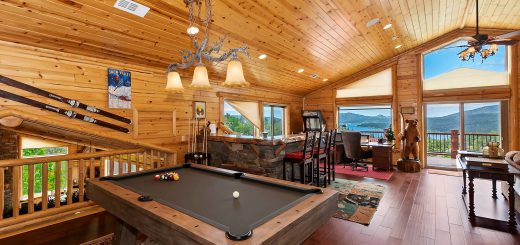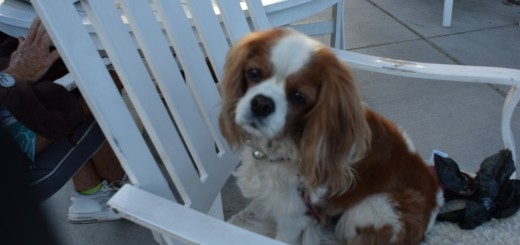Big Bear Dam Keeper’s House
Walking in Frankenstein’s Footsteps
While the areas around Big Bear have often been used as movie scenes and backdrops for many Hollywood films for about a century, one of the most unusual locations for a film greets those who drive into Big Bear by crossing at the dam.
The old dam keeper’s stone cabin – now in ruins – sits atop a hill just yards beyond the dam at the lake’s south end. Back then, the dam keeper’s task was supervising releases of lake water for irrigation in lower elevations.
The scene in which the stone cabin appears is in the 1931 Frankenstein film and later, its re-release in 1935. It opens by showing a blind, pipe-smoking elderly hermit playing his violin by the fireplace and enjoying a quiet night although he complains of extreme loneliness.
The Frankenstein monster (played by Boris Karloff) had been recently chased, attacked and slightly wounded by angry, pitchfork-armed villagers who rejected the idea of the dead being brought back to life with organs stolen from graves and hanged men.
Stumbling into the old hermit’s idyllic location is Dr. Frankenstein’s creation, on the run and somewhat terrified himself. However, the elderly hermit is friendly and welcomes the puzzled monster who was attracted by the sweet violin music, kindness, offers of food and an attempt to treat the monster’s arm and hand wounds.
The hermit gently treats the wounds, even though the monster can only utter MMMMmmmm in return. After all, Baron Henry Frankenstein’s monster only has the brain of a dead man.
Eventually, the elderly hermit lights a pipe and offers a puff to the monster. The scene ends as the monster does manage to utter, “music…. good! Smoke…. good!”
In another version of the film, all the action takes place just outside the same cabin in daylight.
The film was an immediate hit and lead to a long string of Frankenstein movies. Moviegoers would hear Dr. Frankenstein’s cries of “It’s Alive, It’s Alive” for many decades to come.
July 31, 2019 Updated 10:00 AM








